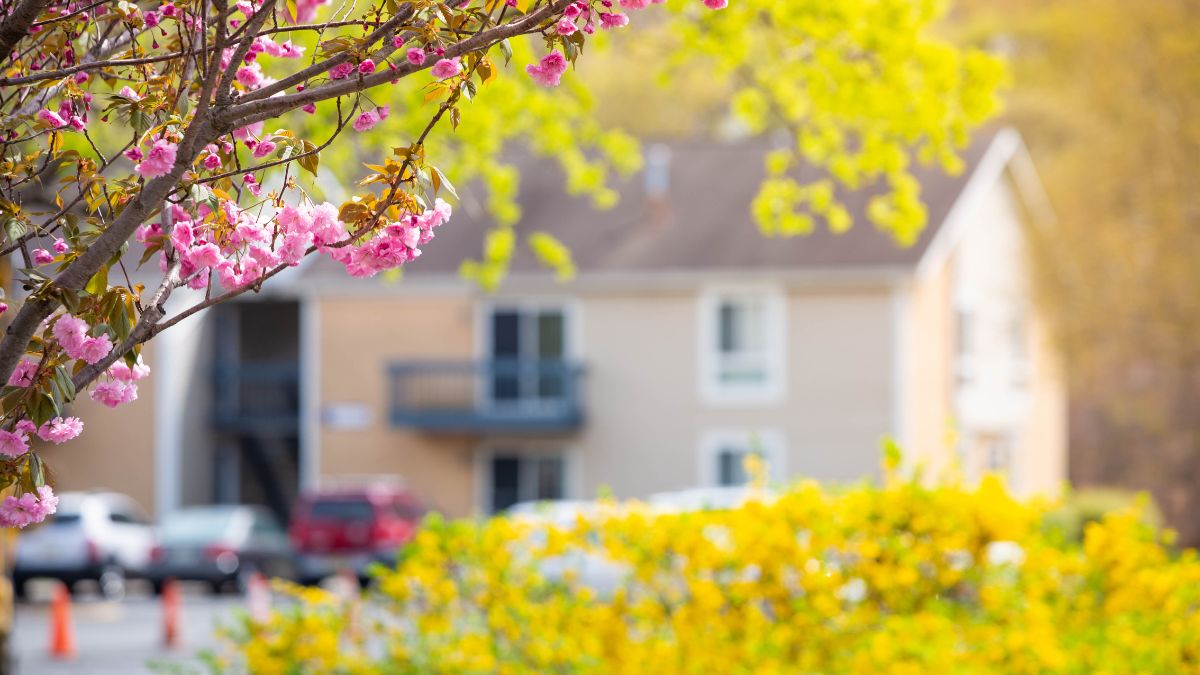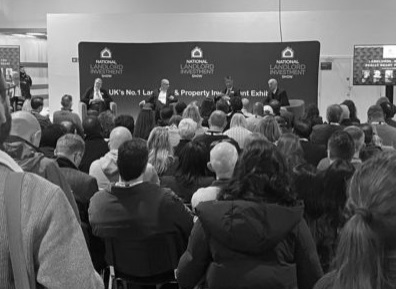Make sure you've got the right underlay
Homeowners should always consider what goes on below foot when it comes to insulating the home. By choosing the right flooring components, heat loss can be minimised, creating a warmer home and, in turn, reducing energy bills.
Underlay – which can be used below carpets, laminate and wood flooring – is made up of millions of tiny fibres which are natural insulators, trapping the cold air that travels up through the floor to ensure it doesn't make its way into the home. As a result, the home becomes naturally warmer – meaning less reliance on energy-intensive heat sources.
Whenever a homeowner lays a new floor covering, they should also replace their underlay to get the best performance possible from their flooring. Underlay extends the lifespan of a carpet or laminate floor by up to 50 per cent; reduces noise levels and improves air quality, making a more comfortable and healthy home overall.
-
Try an innovative alternative to classic options
Flooring that use materials like concrete or wood might be on-trend, but by their very nature, these can often feel cold underfoot and are difficult to insulate. However, there are some new, innovative products out there that not only meet current styles for both new and period properties but offer multiple benefits from a thermal comfort point of view.
Take vinyl, for example. Although it's a cheaper alternative to some of the other flooring options available, modern ranges offer a superior style and aesthetic to what homeowners might at first think. The Sonoma Stone option has a realistic bevel, which gives it a genuine stone feel, while the pale tones of grey and textured elements achieve a realistic concrete flooring look. But unlike actual concrete, this flooring is compatible with underfloor heating and at 2.6mm thick, offers additional comfort and warmth.
Tiles are also popular as a flooring option in period properties, but again these can feel cold to the touch. Patterned vinyl such as the Denver Kilmington Tiles or the Weycroft Tiles give a nod to the style of Victorian flooring, but at 4.3mm thick and teamed with thermal backing, can really add some extra warmth to a home.
EvoCore is one of the newest innovative flooring products on the market and with a broad range of styles. The range includes options that won't look out of place in a period property, but are also capable of withstanding busy, modern living. Suitable for underfloor heating, waterproof and easy to maintain, the EvoCore range including Pebble Beach, which imitates natural stone and Soft Umber Oak which gives a realistic wood finish and is a great option for anyone looking to bring a period property up-to-date with a more industrial look.
Carpet is one of the warmest flooring options you can choose. Wool carpets are natural, fire resistant, warm and a popular choice in many homes, bringing a natural textured feel. Alternatively, saxony pile has tufted ends providing extra comfort underfoot and twist carpets are similar to saxony without the tufted ends, bringing comfort and durability to your home. The Sisal Tigra Toasted Blush, for example, would work well in different period properties thanks to its neutral tone. Made from 100 per cent natural fibres and offering a thickness of 7mm, the carpet is particularly strong and durable for high traffic areas like hallways and stairs.”
Update your heating
If it's time to update your heating system and you're looking for a cost-effective option, underfloor heating might be a suitable option. Whether you choose electric or water-based systems, you can benefit from consistent heat throughout the room where it is installed. Compared to traditional radiators – which need to be heated to a higher temperature, typically between 65°C and 75°C – underfloor heating only needs to run at around 29°C or lower. Because these systems consume less energy, this helps to reduce your energy bills.
If you're moving over to underfloor heating, you'll need to consider which flooring you team with it. Real wood solid flooring isn't advised as the planks can become damaged with the fluctuations in temperature. However, engineered hardwood flooring or an innovative alternative like EvoCore can look as good as real wood but are compatible with underfloor heating. Other options like vinyl and carpet are also suitable.
"You'll need to make sure you choose a specialist underlay to go with your flooring. Options like the Breathe Natural 10mm Underlay, for example, are a good choice for homeowners with underfloor heating.”
* Josh Barber is a buyer at Flooring Superstore
We're excited to announce that we're working on building a shiny new website for readers of Landlord Today! As part of this process, commenting on articles will be temporarily disabled. We look forward to sharing our new and improved Landlord Today website with you shortly!








.png)

(1).png)







.jpg)






%20(002).png)




